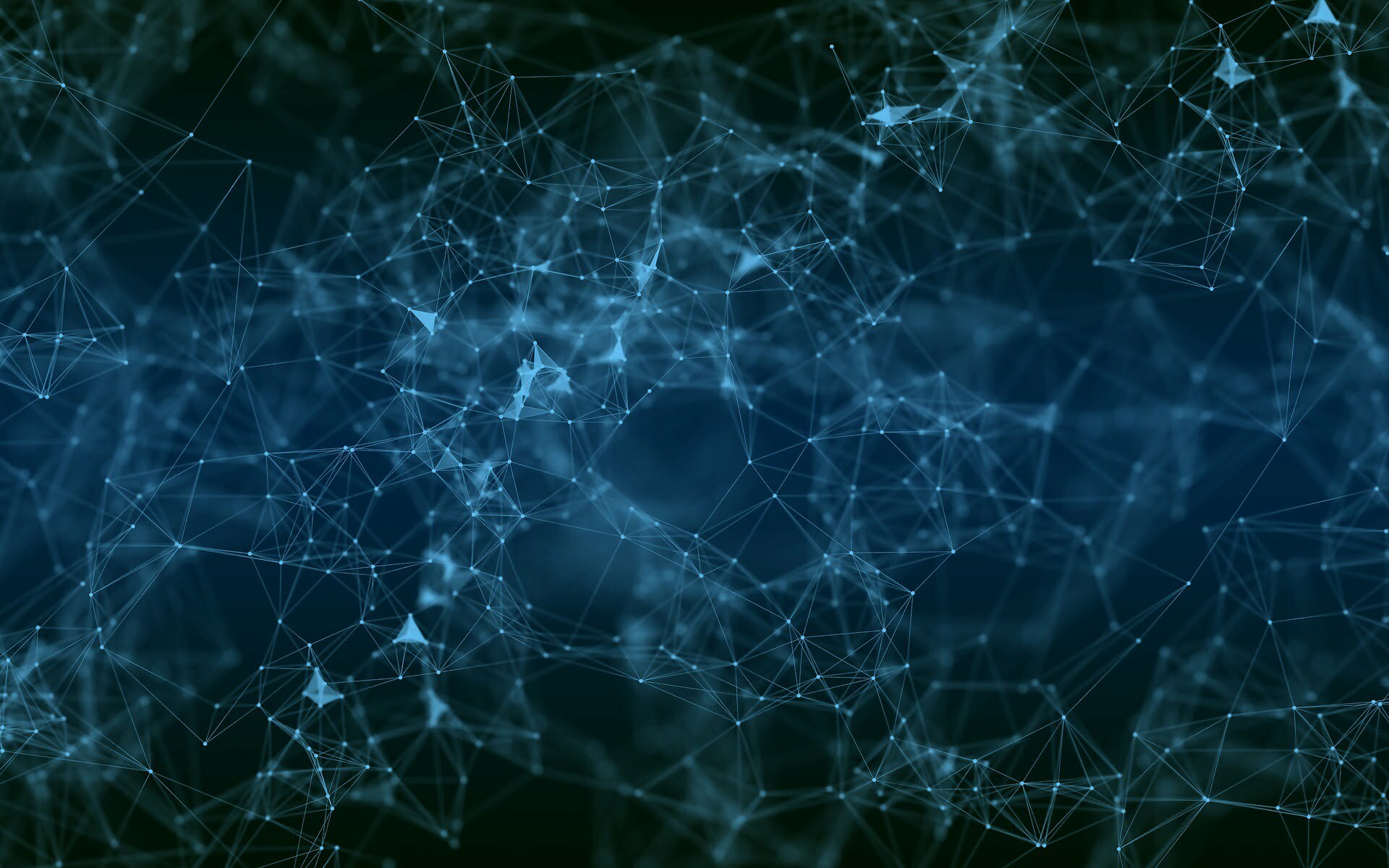Cloud computing has had a significant impact on the Internet of Things (IoT). It has made it possible for businesses and organizations to store, manage, and process large amounts of data generated by connected devices in a cost-effective and scalable way.
Before the advent of cloud computing, IoT data was typically stored and processed on local servers or computers, which could quickly become overwhelmed by the sheer volume of data generated by connected devices. This made it difficult for organizations to gain insights from their IoT data and to make data-driven decisions.
Cloud computing has changed this by providing organizations with access to virtually unlimited computing power and storage, enabling them to handle even the largest and most complex IoT data sets. This has made it possible for organizations to gain valuable insights from their IoT data and to use this information to improve their operations, drive innovation, and provide better services to their customers.
In addition to providing the necessary computing power and storage, cloud computing also offers a range of other benefits that are well-suited to the needs of IoT applications. For example, cloud computing allows organizations to easily and quickly scale up or down their computing resources as needed, which is essential for managing the dynamic and unpredictable nature of IoT data. It also offers a high level of security and reliability, which is crucial for protecting sensitive IoT data and ensuring that connected devices can always access the data and services they need.
Cloud computing has played a major role in advancing the IoT and has made it possible for organizations to unlock the full potential of their connected devices and IoT data. It has enabled businesses and organizations to gain valuable insights from their data and to use this information to improve their operations and drive innovation.
Cloud computing has greatly impacted the Internet of Things (IoT) by providing a way for IoT devices to connect to the internet and share data easily and securely. This has allowed for the development of a wide range of applications and services that were not previously possible. For example, cloud computing has enabled the creation of smart homes and cities, where a network of connected devices can be used to monitor and control various aspects of the home or city, such as lighting, heating, and security. This has the potential to greatly improve efficiency and convenience for users. Additionally, the ability to store and process large amounts of data in the cloud has made it possible for businesses to gain valuable insights from the data generated by their IoT devices. Overall, cloud computing has played a major role in the growth and development of the IoT, and will continue to do so in the future.
Future of Cloud Computing
Cloud computing has become an increasingly important part of the IT landscape, and it’s likely that its use will continue to grow in the coming years. As more and more companies move their data and services to the cloud, the demand for cloud-based solutions will only increase. In the future, it’s likely that we’ll see more and more businesses taking advantage of the scalability, flexibility, and cost-effectiveness of cloud computing. Additionally, as the technology continues to advance, we can expect to see even more capabilities and features being added to cloud-based services.
Cloud computing is a rapidly evolving field, and it’s difficult to predict exactly where it will be in the future. However, some trends that are likely to continue include an increasing use of cloud-based services, the development of new technologies to improve the security and reliability of the cloud, and a growing emphasis on the use of artificial intelligence and machine learning in the cloud. It’s also likely that there will be a continued shift towards the use of hybrid cloud solutions, which combine the use of on-premises infrastructure with cloud-based services. Overall, the future of cloud computing looks bright, and it will continue to play a vital role in driving innovation and productivity across a wide range of industries.
Internet of Things and Cloud Computing
The Internet of Things (IoT) is a term used to describe the growing network of physical devices, such as cars, appliances, and other items, that are connected to the internet and can collect and exchange data. These devices are often equipped with sensors and other technologies that allow them to collect data and communicate with other devices and systems.
Cloud computing, on the other hand, is a model for delivering computing services over the internet. Instead of running applications or storing data on a local computer or server, cloud computing allows users to access these services and data from anywhere in the world, as long as they have an internet connection.
The combination of IoT and cloud computing can provide a powerful platform for data collection and analysis. By connecting IoT devices to the cloud, organizations can store and analyze large amounts of data in real-time, providing valuable insights and enabling them to make more informed decisions. This can lead to improvements in efficiency, productivity, and customer satisfaction.
The Internet of Things (IoT) refers to the network of physical devices, vehicles, home appliances, and other items embedded with electronics, software, sensors, and connectivity that enables these objects to connect and exchange data. Cloud computing, on the other hand, is the delivery of computing services, such as storage, networking, analytics, intelligence, and software, over the internet (“the cloud”) on a pay-as-you-go basis.

